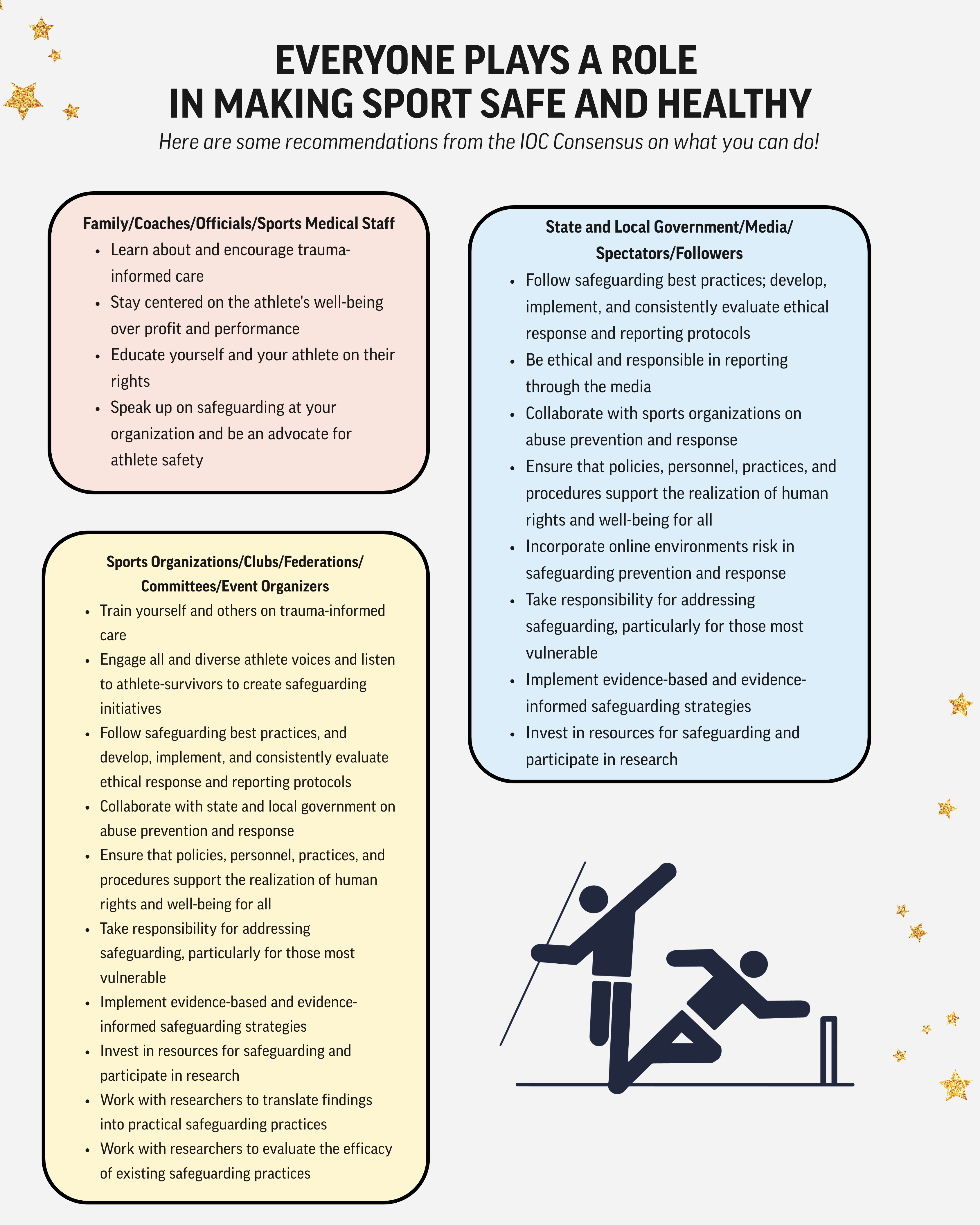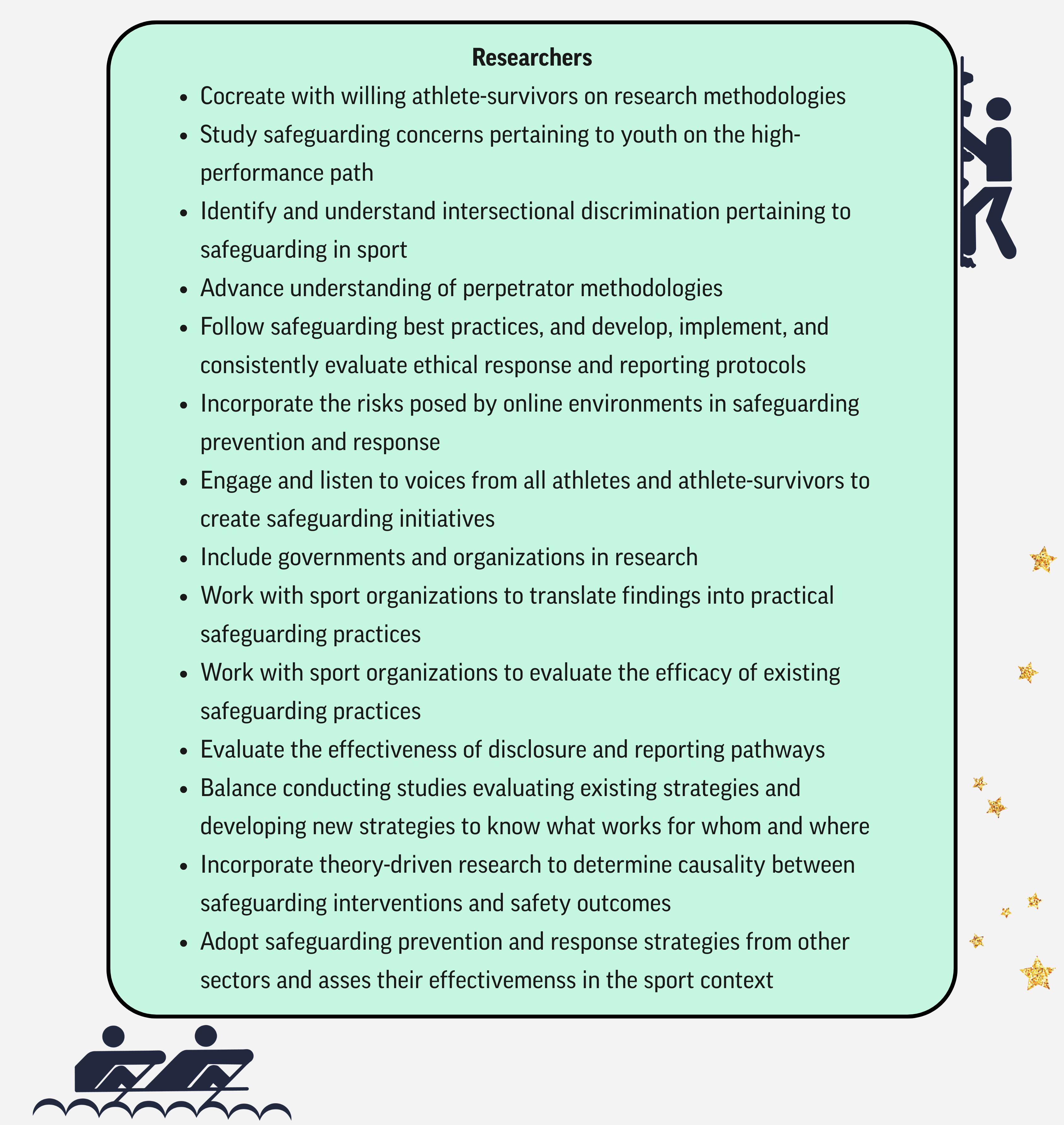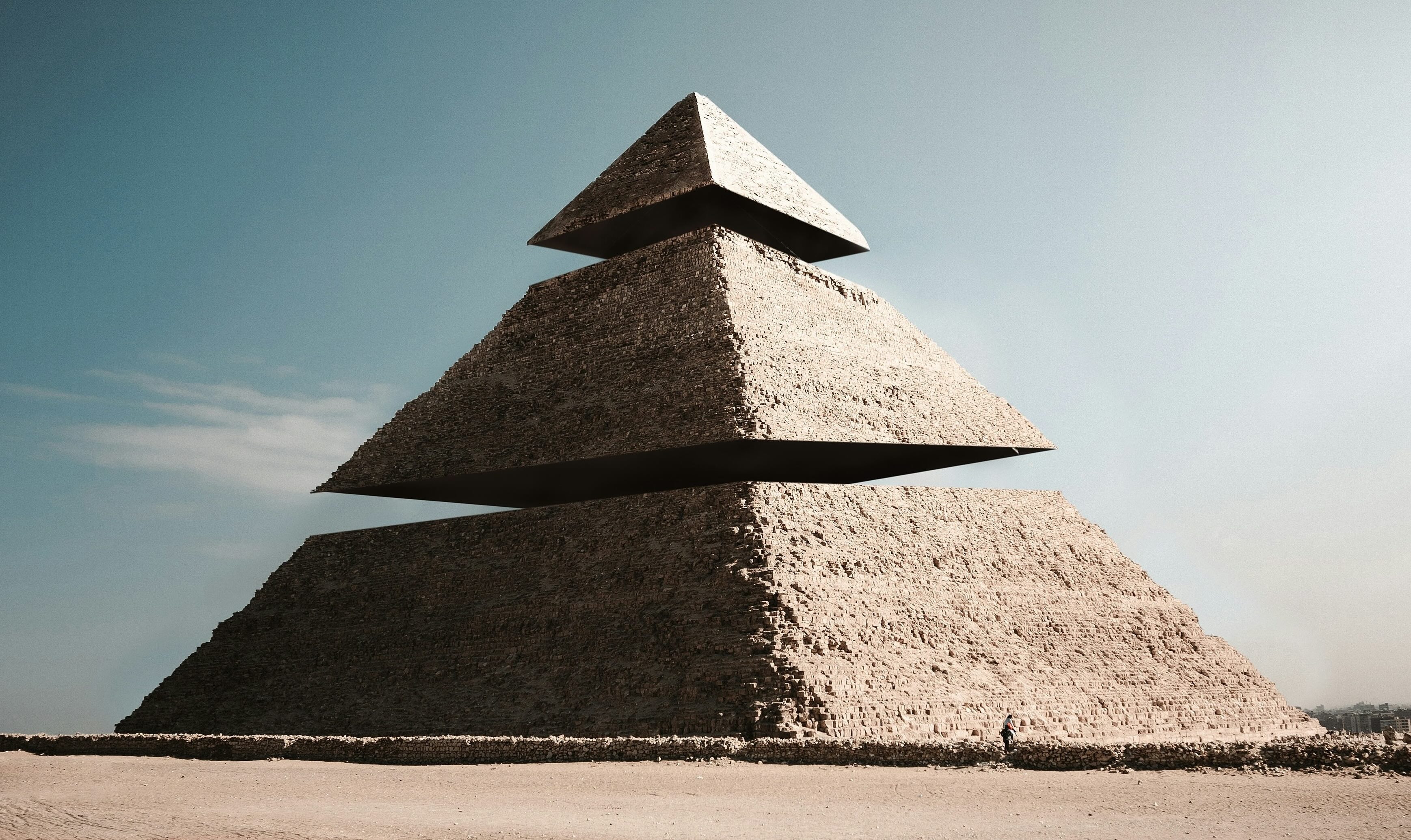-min.jpg)
Author, Dr. Yetsa A Tuakli-Wosornu from the Sports Equity Lab has partnered with #WeRideTogether to collaborate and create this athlete-centered IOC Consensus Dissemination Project, which unpacks and elaborates on critical points from the IOC Consensus. The Dissemination Project will provide a 10-part series that highlights key takeaways from the IOC Consensus with visuals, activities, and social content that can be tangibly applied and integrated into sporting communities. This series aligns with the values and mission of both the Sports Equity Lab and #WeRideTogether to promote awareness on the topic of abuse in sports, eliminate inequities in sport, and provide everyone with accessible information on positive values and best practices to keep sports safe and healthy.
While practicing, competing, or watching sports, we may find our focus limited to ourselves or the athletes and coaches closest to us. That's who is on our team, around us in our day-to-day, or on the screen at the moment. But when we zoom out, sport is much bigger. We can see the magnitude of individuals and systems at play that impact each individual athlete, regardless of the sport or level of play.
Sports form a complex and interconnected web around each athlete, comprising the athlete's entourage, sporting organizations, government, civil society, and researchers. Every person and system in this broader ecosystem has a role to play in shaping the athlete’s experience.
Like other complex and interconnected systems in our world, every individual and system in the world of sports has bidirectional influence. Every group is dynamic and interdependent, invoking change in other areas. This means that the actions and ongoing events in one sector have a cause-and-effect relationship with other systems. That is, when you change one piece of the puzzle, other factors will adjust as well.
Additionally, within the world of sports, there are inherent power dynamics and differing motivations and driving forces that guide each individual or group. Meaning that some individuals and systems have more sway and leverage than others, and each individual and system may have separate goals or priorities. This could be due to factors such as financial resources, size, social status, legislation, societal norms, and other relevant considerations. These dynamics influence athlete safety and well-being, for better or for worse.
From the athlete’s perspective, the layers of the ecosystem can be understood as micro, mezzo, and macro environments that carry influence around them:1
- Micro: teammates, coaches, and support system
- Mezzo: sporting organization, competition venues, and teams, school, regional policies, medical/mental health care
- Macro: media, international federations, spectators, and other sporting-related entities such as academia and non-profits
As the 2024 IOC Consensus describes, when there is abuse in sport, negative potential outcomes are felt not only by the athlete but also by their entourage, the sporting organization, and society at large.2 Thus, when we consider safeguarding and an athlete’s potential to engage in safe and healthy sport, free from abuse, misconduct, and violence, initiatives across all levels of their environment and systems must be centered on the athlete.
This means we must clearly understand the roles and responsibilities that each individual and system plays in the sporting ecosystem, as well as who can and should do what to improve athlete safety and well-being. The 2024 IOC Consensus outlines these recommendations and responsibilities in Tables 5, 6, and 7 for the athlete’s entourage, sporting organizations, state/government, civil society, and researchers.3
These key action steps have been summarized below.


Activity for athletes:
Fill in this chart to better understand your sports ecosystem. Label the entities in your micro, mezzo, and macro environment to visualize the individuals and systems at play in your sporting environment that impact and influence your sporting experience.
Activity for athlete entourage members (coaches, teammates, parents), sporting organizations, government, spectators, and researchers:
Fill in this worksheet. Review the key action steps above. Pick one action step to take the initiative in your sporting environment. Write down five steps you can take to meet that goal.
The bottom line: safe sport is everyone’s responsibility, and we all have a role to play in caring for, respecting, and supporting athletes.
Kathryn McClain, MSW, MBA
Program and Partnerships Director at #WeRideTogether
kmcclain@weridetogether.today
Footnotes
- Biscontini, 2024
- Tuakli-Wosornu Y. A. et al., 2024, 1331
- Tuakli-Wosornu Y. A. et al., 2024, 1332, 1334, 1336
References
- Biscontini, T. (2024). Person-in-Environment (PIE) theory. In Research starters: Sociology. EBSCO Information Services. https://www.ebsco.com/research-starters/social-sciences-and-humanities/person-environment-pie-theory#full-article
- Tuakli-Wosornu Y.A., Burrows K., Fasting K., et al. (2024). IOC consensus statement: interpersonal violence and safeguarding in sport. British Journal of Sports Medicine. 58:1322-1344. https://doi.org/10.1136/bjsports-2024-108766




